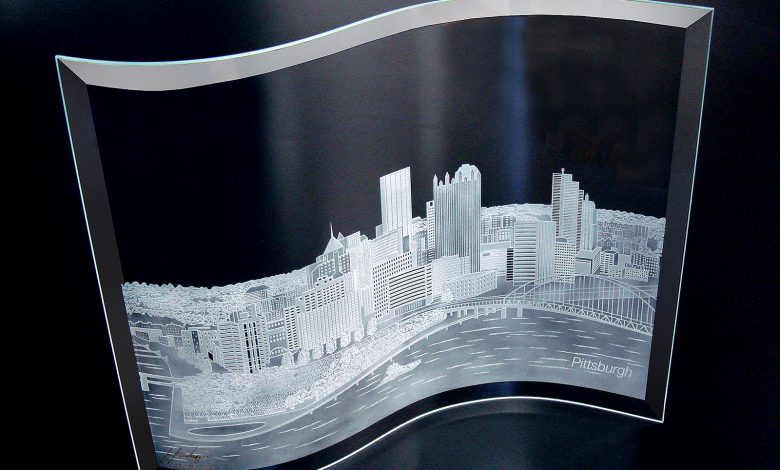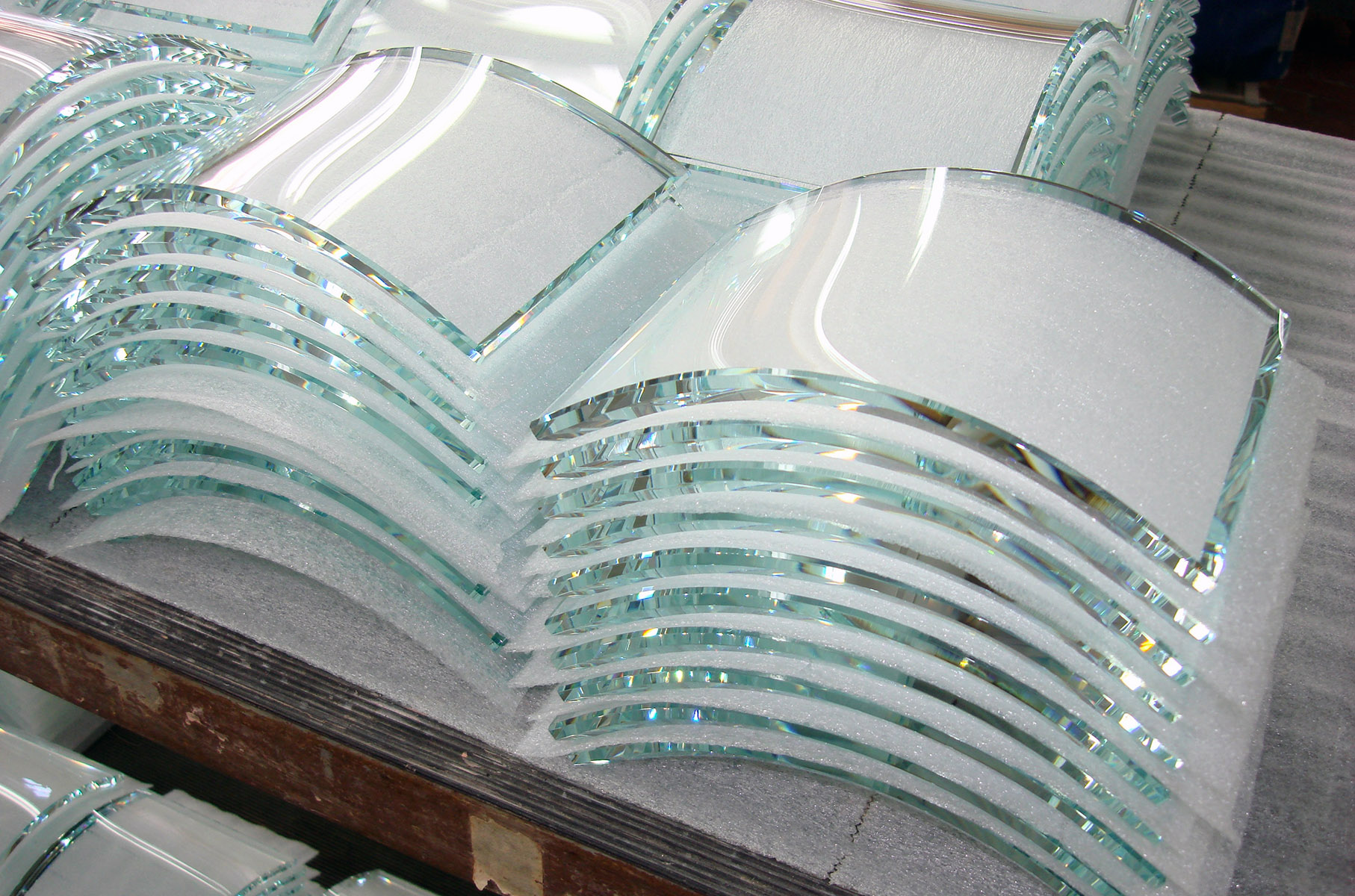Note: This tip originally appeared in A&E magazine.
Heat the glass, but only to the point where it gets soft enough to change its shape and not so hot that it would melt, losing any prior achieved properties of shape. I work with many different types of glass in the shaping process and each glass make has its own requirements for the firing process; what I find to be a good firing curve for one glass will not necessarily work for another brand of glass. This is mostly true for colored glasses. Float glass is a bit simpler, and the firing curve for all float glass is pretty much the same.
In bending glass, do not go through the whole curve as you would with melting and shaping glass. You only need to know the softening point of the glass and the annealing range. Remember to go through this annealing range slowly enough for it to relax into its new phase, or stress is introduced, which can lead to breakage at any time.
Hold the temperature at the annealing range for a specified period of time before letting the kiln cool down to room temperature. If the cooldown happens too fast, or the kiln is opened before it is at room temperature, the glass will most likely break. This could also happen after you receive a seemingly intact piece, but as soon as you try to blast on it, it breaks. A basic firing of float glass can last a total of about eight hours, or a bit more if the glass is thick.
To change the glass’ shape, you can either slump the glass into a specially prepared mold or create a drop out shape. In the case of slumping, the glass is suspended on top of the mold, which is treated with a special kiln wash. The glass is then heated and will, upon softening, slowly bend into the mold and take its shape. With the drop out process, a fiber board is cut to have a hole slightly smaller than the glass blank. The board is suspended on “stilts” and the glass placed onto the board over the hole. The glass is then heated and drops through the opening to bend under its own weight. How far it goes has to be calculated and observed during trial firing process.
-Ruth Dobbins, EtchMaster






